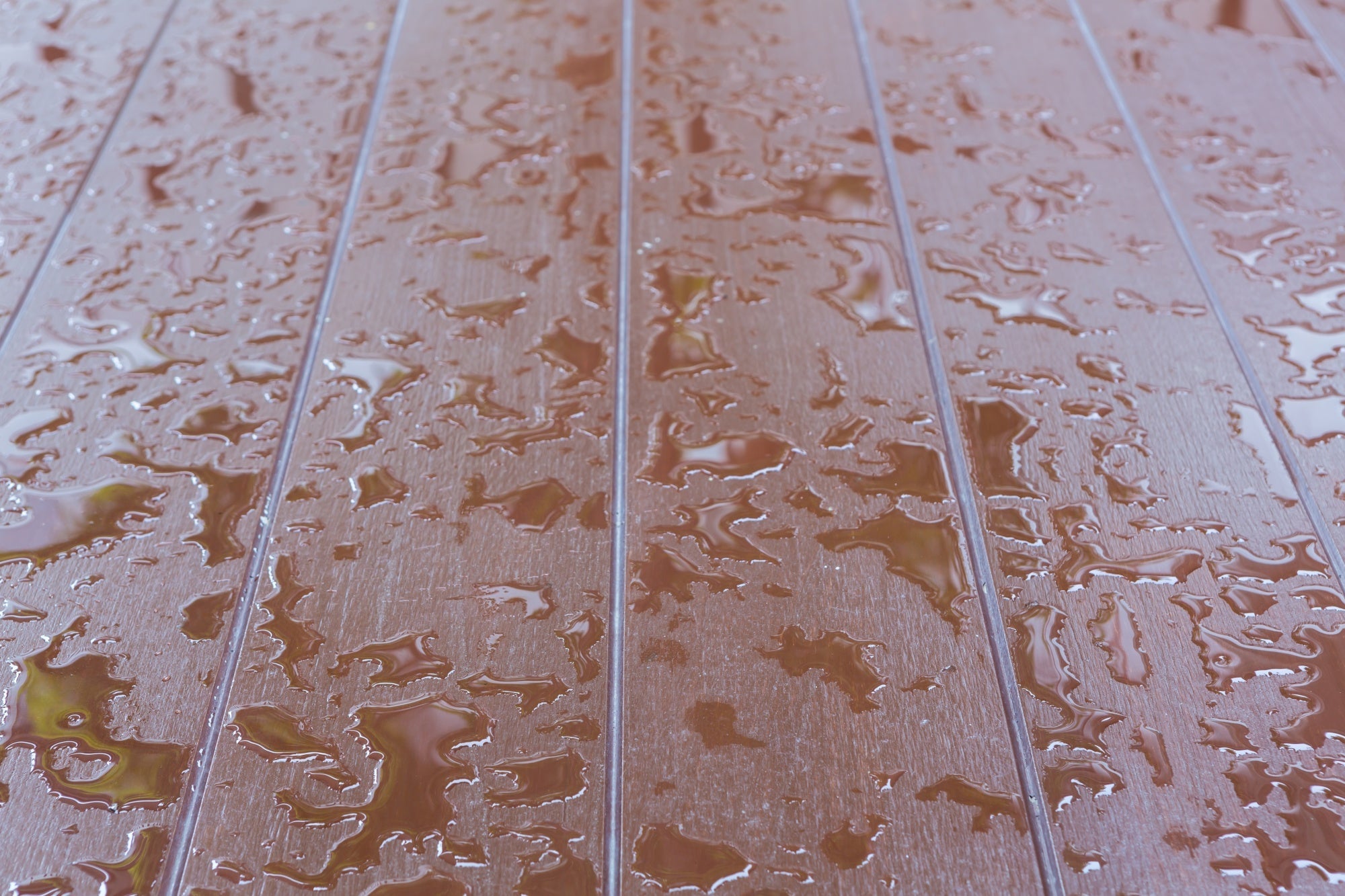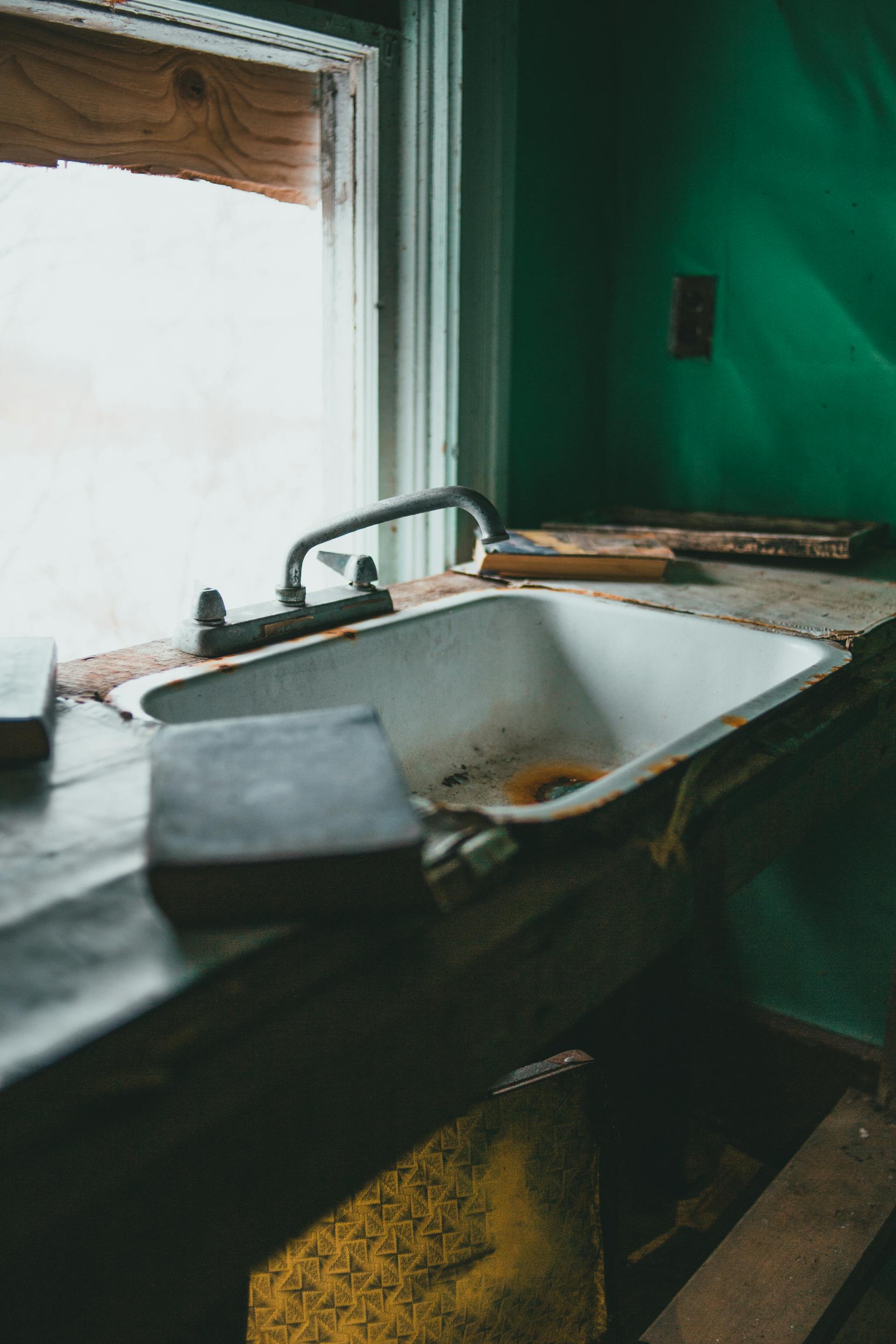Have you ever wondered how frequently you use kitchen and bathroom sinks in your daily life? Because we are.
In every household, sinks play a crucial role since these are the places where we can have access to water. Whether it's the kitchen sink for washing dishes or the bathroom sink for cleaning your face and hands, these sinks serve as designated areas for various home tasks, from brushing your teeth to doing dishwashing.
Sinks are undoubtedly the most frequently used fixtures in any home. They are continually exposed to water, soap, food, grease, dirt, and various chemicals in their daily routines.
Given the constant use of sinks, they can begin to show signs of wear over time. To maintain the appearance and functionality of your sink, it's essential to perform deep sink maintenance and cleaning not only for aesthetic reasons; but also to ensure the hygiene and durability of your sink.
In this article, we will explore easy and effective methods to clean your sink using simple tips. However, it's important to note that each sink requires different methods of cleaning and maintenance, depending on the material they are made of, so keep that in mind as we proceed.
Stainless steel sinks continue to be a top choice for residential kitchens due to their durability, lustrous appearance, and resistance to stains and rust. However, over time, they can develop scratches, become dull, or accumulate water spots. To ensure the safety and durability of your sink, follow these stainless steel sink care tips:
1. Rinse and wipe: After each use, rinse and wipe your sink with a soft cloth or sponge and mild dish soap.
2. Avoid abrasives: It's crucial to steer clear of abrasive cleaners, scouring pads, steel wool, or bleach, as these can harm the stainless steel and are unsuitable for proper stainless steel sink cleaning.
3. Use vinegar solution: To remove hard water spots or mineral deposits, consider using a mild vinegar solution (one part vinegar to four parts water).
4. Polish regularly: Lastly, remember to polish your sink with a stainless steel cleaner or polish at least once a month, or as needed. This will not only restore the shine but also protect your sink from future stains.
Well-cared-for porcelain sinks can last for many decades and bring out an elegant and classic look. However, they are still susceptible to chipping, cracking, and staining. To ensure their longevity and beauty, follow these porcelain sink cleaning tips:
1. Rinse and wipe: After each use, rinse and wipe your sink with a soft cloth or sponge and mild dish soap.
2. Avoid abrasives: Just like with the stainless steel sink, you should also refrain from using abrasive cleaners, scouring pads, steel wool, or bleach on your sink. These substances can scratch the surface, exposing the metal underneath, which may lead to rust or corrosion.
3. Use Baking Soda paste: For stubborn stains or discoloration, try creating a paste using one part baking soda. Apply this paste to the stained area and allow it to sit for 15 minutes. Then, scrub gently with a soft brush or sponge and rinse thoroughly.
4. Repair chips and cracks: If your sink develops chips or cracks, it's essential to address them promptly. Use a porcelain repair kit for this purpose to maintain the sink's shiny appearance.
Ceramic sinks share a similar appearance and maintenance routine with porcelain sinks but notably ceramic sinks are more durable and resistant to chips and cracks. They also have the advantage of withstanding high temperatures without sustaining damage. But, like any sink, they can still develop stains or lose their shine over time. To prevent this, it's essential to understand the proper ceramic sink cleaning, as outlined:
1. Rinse and wipe: After you use your sink wipe it with a microfibre cloth or sponge and mild dish soap. This cloth utilizes tiny fibers that can lift dirt and grime away from the surface without using harmful chemicals.
2. Avoid Abrasive: Use a non-abrasive sponge to foam and clean: these will remove dirt and stains leaving your sink bright and clean.
3. Use Vinegar Solution: Vinegar as a versatile and inexpensive household product can be used in cleaning sinks. Simply dip a soft sponge then scrub limescale-covered areas until the deposits have been removed. You can also resort to baking soda to get rid of stubborn sink stains. Let it rinse for a few minutes and you'll get a ceramic sink that looks fresh and new.
4. Polish regularly: Polish your sink with a ceramic cleaner or polish once a month or as needed. This will restore the shine and protect your sink from future stains. Follow the manufacturer's instructions and apply the product with a soft cloth in circular motions.
Granite sinks are stylish and durable, but they also require special care to maintain their beauty and functionality. We also need to remember that granite is porous, which can absorb liquids, stains, bacteria, and odors if not sealed properly. In order to prevent this, it's important to follow these steps for the granite sink maintenance. With proper care, granite sinks are simple to clean and can keep looking new for years to come.
1. Use a non-abrasive sponge: Clean your sink by using a non-abrasive sponge to create a foamy lather. This will help remove dirt and stains, leaving your sink bright and clean.
2. Baking soda and vinegar solution: Sprinkle baking soda over the whole sink, then spray with a 50/50 solution of white vinegar and water to create a fizzing solution. Make sure to use a gentle scrub with a soft sponge and an old toothbrush, which is enough to give your sink a thorough clean. Avoid using acidic cleaners, such as vinegar, lemon juice, or ammonia on your sink, as these can damage the sealant and etch the surface of your sink.
3. Protect from heat: Avoid placing hot pots or pans directly on your sink. This can cause thermal shock and crack your sink. Use a trivet or a mat to protect your sink from heat.
Copper sinks are unique compared to stainless or porcelain counterparts due to their 'living finish.' This unique characteristic means that copper changes and evolves with use, reflecting the natural aging process of the material. If you enjoy the shifting tones and wish to maintain the copper sink's appearance, cleaning is the key step:
1. Rinse the Sink: When performing copper sink cleaning, use warm or hot water to remove particles or residue from the sink's surface.
2. Wipe the Sink: Use a mild liquid dish soap and a non-abrasive sponge or dishcloth to wipe the entire interior of the sink during your copper sink cleaning. Remember to pay special attention to the rim, as food and liquids can splatter and become lodged in that space, which may potentially cause damage to the finish – something you'd want to avoid with copper sinks.
3. Rinse and Dry: After cleaning, rinse away any soapy residue using warm or hot water. Then, use a microfiber or cotton cloth to thoroughly dry the sink and fixtures.
Cast iron sinks have a long-standing reputation for their durability and attractive appearance. With their heavy foundation, these sinks can withstand a lifetime of use. Cast iron sinks are coated with tough white porcelain that shines and looks beautiful, but they are susceptible to scratching and can easily attract stains and smudges. If you have this type of sink, and you're unsure how to clean it, we're here to guide you through cast iron sink maintenance with these steps:
1. Combine methods: Try combining baking soda and distilled white vinegar, as these common household items can serve as natural cleaners to remove grime and keep your surfaces clean. The combination will turn into a paste.
2. Rub the paste into the sink: Apply the paste to a soft cloth to remove all the dirt and scum. Remember, the longer you scrub, the shinier the sink will become.
3. Rinse and dry: Rinse with warm water and use a soft cloth to remove the paste thoroughly. Continue to rinse and rewash your cast iron sink until it is shiny and spotless. For a once-a-month regular maintenance, perform a deep cleaning when your sink becomes excessively dirty.
Natural stone never fails to make a statement, and it's one of the most costly options for a kitchen sink. But take note that stone is a high-durability material that is resistant to scratches, dents, chips, and heat, which justifies its cost. If you have this type of sink in your home, with proper natural stone sink care, your stone sink can last you a lifetime by following these steps
1. Apply a mild cleanser or stone cleanser: Natural stone sinks are beautiful, but they require extra care when cleaning. Opt for a mild cleanser or stone cleaner to ensure the removal of potential stains.
2. Use a Soft Sponge: For regular cleaning of natural stone sinks, using a soft sponge is the best choice. Just be sure to wipe it dry with a soft cloth afterward. Avoid acid-based or abrasive scrubs or cleansers with natural stone sinks.
3. Avoid Using Harsh Chemicals: Refrain from using abrasives or harsh chemicals on your stone sink. Some common household cleaners can leave deposits on the material, leading to hard water stains that are nearly impossible to remove.
It's great to see that you're enthusiastic about looking upon undermount sink cleaning. Undermount sinks, as we've mentioned, offer a sleek and uncluttered look in modern kitchens making them popular for home designs. Proper cleaning and maintenance can help preserve their appearance and functionality.
1. Rinse the Sink: Start by rinsing the sink to remove any loose dirt, debris, and food particles.
2. Sprinkle Baking Soda: After rinsing, sprinkle baking soda all over the sink. Let it sit for a few minutes before scrubbing. Baking soda is mildly abrasive and can help scrub away stains and odors without scratching the sink.
3. Use a Soft Sponge: To scrub the sink, use a soft sponge or a non-abrasive scrubbing pad. This will help clean the surface without causing damage.
4. Rinse and Towel Dry: After cleaning, rinse the sink thoroughly with water to remove any remaining baking soda and residues. Towel drying is essential to prevent water spots and mineral deposits. In addition to these steps, it's always a good idea to clean your undermount sink regularly, especially after cooking and food preparation, to prevent the buildup of stains and residue.
Fireclay is a mixture of clay and glaze that is fired at extremely high temperatures, resulting in exceptional heat resistance compared to ceramic sinks. Fireclay sinks are also more resistant to scratches and stains, making them a heavy-duty sink material. These sinks are additionally resistant to rust, acid, and fading. However, fireclay sinks are prone to cracking or chipping if heavy or jagged items are dropped onto their surfaces. Fireclay sink care includes the following guidelines that should be followed:
1. Dry Sink: Dry your sink with a soft cloth to prevent water spotting.
2. Sprinkle Baking Soda: Use baking soda (or even a mild abrasive cleaner) to clean off crusted gunk.
3. Avoid Hot Water: Avoid pouring boiling water into the sink. Run cold water if hot liquids are poured into the sink.
In a compact kitchen, maintaining the cleanliness of your kitchen sink is essential, and knowing how to care for it properly is the key. It's important to regularly rinse and wipe down your sink with water or a small amount of mild soap, and always remember to thoroughly dry it. By making this a routine, your sink will remain clean, beautiful, and functional for an extended period.
Additionally, we are here to remind you it's crucial to follow the manufacturer's instructions to ensure the protection of your kitchen sink investment.





Share:
Embrace Elegance and Timelessness: The Allure of Matte Black Sinks
Mastering the Art of Selecting the Perfect Bathroom Sink: Tips and Trends